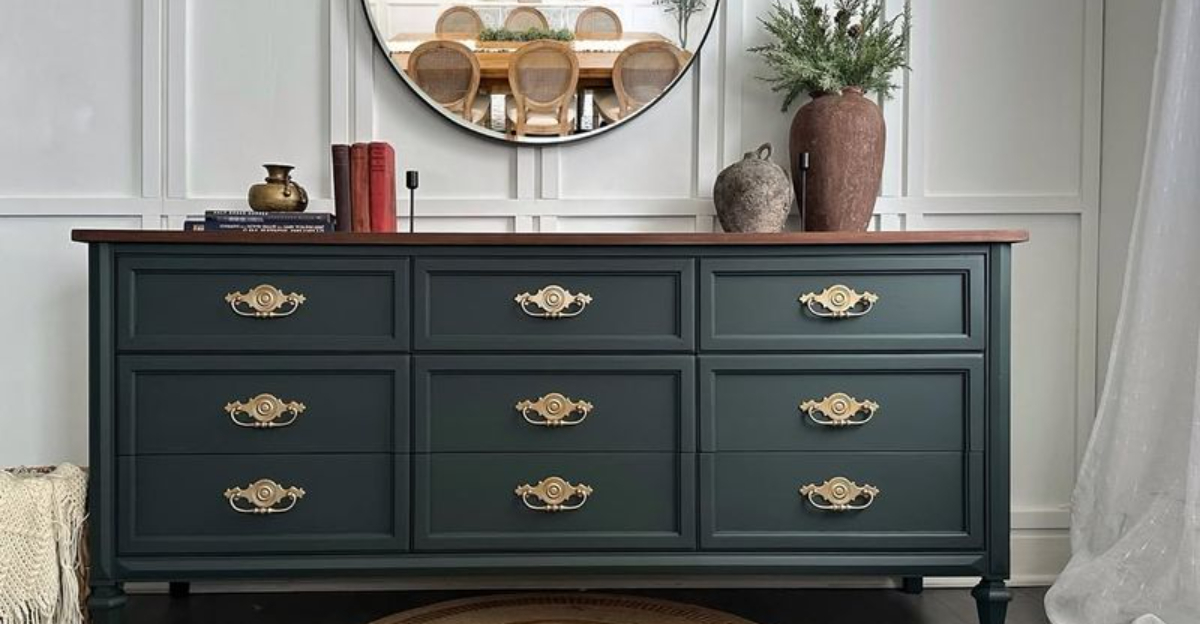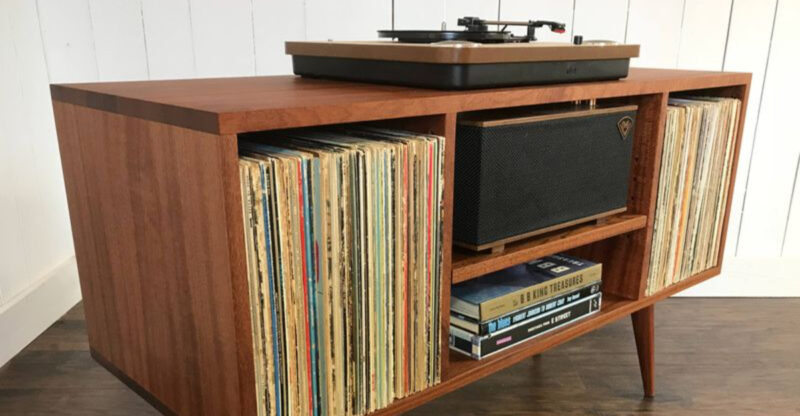10 Warning Signs That Your Massachusetts Antique Is Really A Fake

Soft light, worn finishes, and the quiet weight of history can make any vintage find feel irresistible. Antique shops and estate sales across Massachusetts are filled with pieces that seem to carry stories from long-gone decades.
Some truly do. Others only pretend.
In a state where craftsmanship runs deep and historic homes stand on nearly every street, the line between authentic and imitation can get blurry fast. A trained eye can make all the difference.
1. Mismatched Materials And Construction
Authentic pieces from earlier centuries relied on solid hardwoods and time-honored joinery techniques that modern reproductions rarely match. Look closely at how drawers connect – dovetail joints cut by hand show slight irregularities that machines can’t replicate.
Particleboard, veneers, or plastic components didn’t exist in colonial Massachusetts workshops. When materials feel suspiciously lightweight or uniform, trust that instinct and investigate further before making a purchase.
2. Questionable Repair Work
Old furniture often carries the marks of past repairs, which can actually confirm its age and history. Period-appropriate fixes using similar materials and techniques suggest careful stewardship over generations.
However, clumsy patches with modern adhesives, mismatched wood, or anachronistic hardware should raise concerns. Extensive restoration using contemporary materials might indicate someone tried covering up a reproduction or heavily altered an otherwise authentic piece beyond recognition.
3. Deliberate Distressing Techniques
Some sellers apply shortcuts to make new items appear old, using techniques like chain-whipping, chemical staining, or strategic sanding. These methods create wear patterns that look oddly consistent across surfaces.
Natural aging happens gradually and unevenly, leaving character marks in unexpected places. Overly dark finishes applied to hide fresh wood, or damage that seems too perfectly placed, often signal artificial aging rather than decades of honest use.
4. Illogical Wear Patterns
Genuine antiques develop wear where hands, bodies, and daily life made contact over many years. Chair arms should show smoothness from countless elbows, and drawer pulls often display darkening from finger oils.
When wear appears uniform across unlikely surfaces or seems concentrated in random spots, something feels off. Natural use creates an organic map of interaction that artificial aging can’t quite duplicate convincingly, no matter how skilled the forger.
5. Machine-Made Precision
Craftspeople in earlier centuries worked entirely by hand, creating pieces with subtle variations that reveal the human touch. Carvings might show slight asymmetry, and tool marks appear irregular rather than perfectly parallel.
Modern machinery produces flawless consistency that older methods couldn’t achieve. If every decorative element looks identical or surfaces show perfectly uniform cuts, you’re probably looking at something made in a contemporary factory rather than a colonial workshop.
6. Suspiciously Vibrant Finishes
Time transforms colors in ways that modern chemistry struggles to replicate authentically. Original paints and finishes fade, oxidize, and develop subtle changes over decades of exposure to light and air.
When a supposedly old piece displays remarkably bright, glossy colors, those pigments likely came from modern formulations. Acrylics and contemporary paints maintain intensity that natural materials couldn’t achieve, making unnaturally vivid finishes a significant warning sign worth investigating.
7. Overly Uniform Distressing
Real life leaves messy, unpredictable marks on furniture – concentrated wear where people sat most often, random scratches from daily accidents, and uneven fading from sunlight patterns. This organic history tells a story.
Fakers often use sanders or wire brushes to create age, resulting in suspiciously neat, uniform patterns. When distressing looks too orderly or appears evenly distributed across surfaces that wouldn’t naturally receive equal wear, approach with healthy skepticism.
8. Anachronistic Hardware
Phillips-head screws didn’t exist until the 1930s, yet they sometimes appear in pieces supposedly dating to the 1800s or earlier. This glaring anachronism immediately reveals modern construction or significant alterations.
Authentic period pieces used hand-forged nails, wooden pegs, or early flat-head screws with irregular threads. Machine-made fasteners with perfect uniformity signal contemporary work, regardless of what the seller claims about the piece’s age or provenance.
9. Chemical Varnish Odors
Your nose offers valuable authentication clues that visual inspection might miss. Genuine antiques carry a subtle, musty scent from decades of aging, while natural resin finishes lose their odor completely over time.
Strong chemical smells, fresh varnish scents, or synthetic odors indicate recent finishing work. Modern polyurethanes and lacquers maintain their distinctive smell long after application, revealing that someone applied contemporary treatments to what should be an aged piece.
10. Missing Ownership History
Provenance – the documented history of ownership – provides powerful evidence of authenticity. Legitimate antiques sometimes come with receipts, family records, auction certificates, or dealer documentation tracing their journey through time.
While not every genuine piece carries extensive paperwork, complete absence of any verifiable history should prompt extra scrutiny. Reputable sellers typically provide whatever documentation exists, and their willingness to discuss provenance often reveals their confidence in authenticity.






